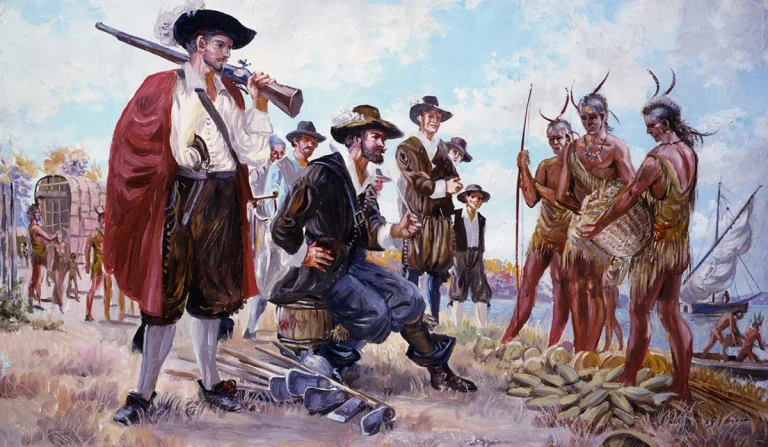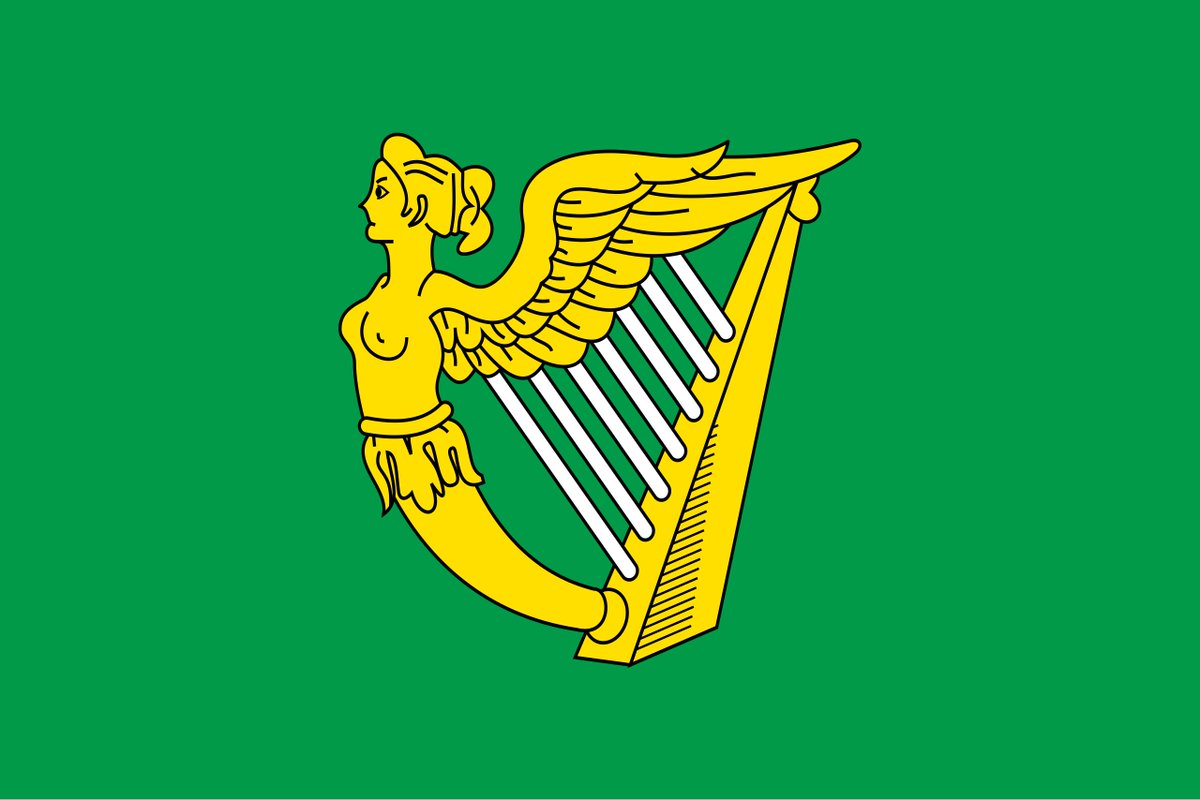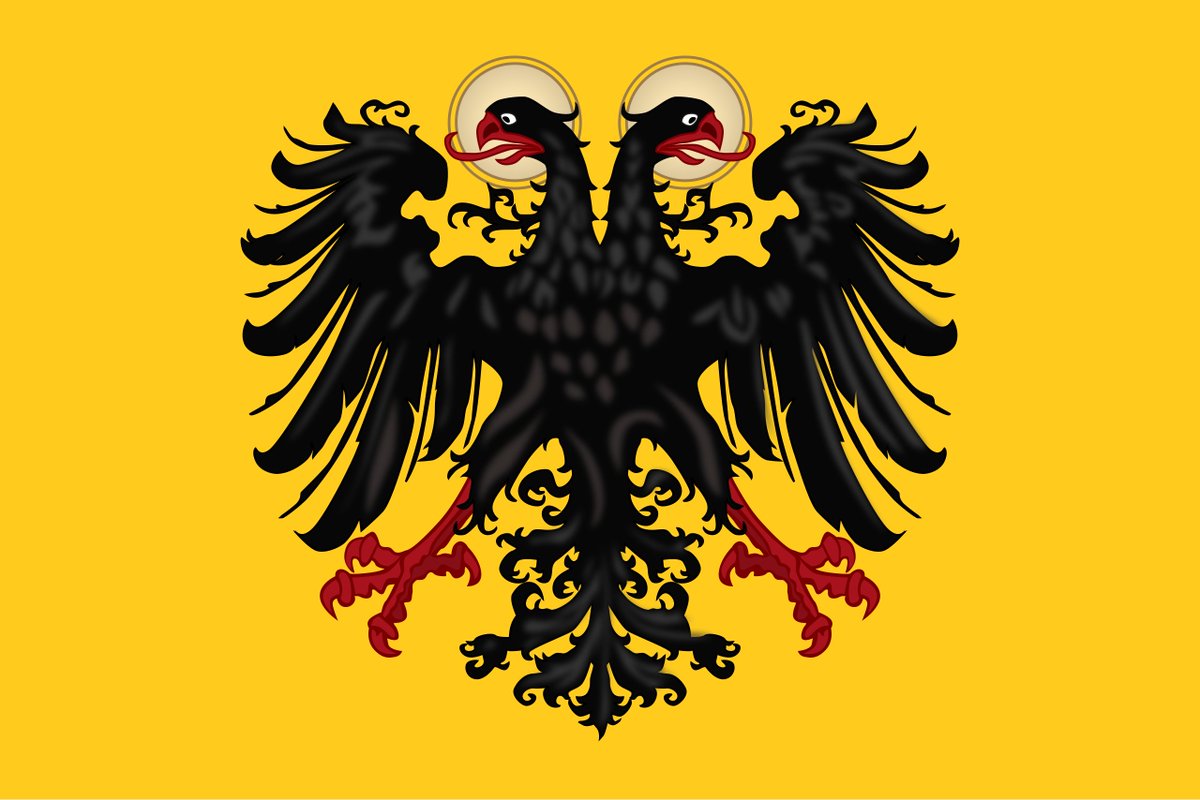One of the most interesting but now forgotten powerful and charismatic men from the Italian Wars was the Swiss cardinal Matthäus Schiner. A close ally to the Pope and fiercely anti-French, this war-loving cardinal inspired and rallied his fellow Swiss countrymen to fight! 



The Swiss had already successfully defended their homeland and were famed as the best mercenaries in Europe, but Matthäus Schiner had big imperial ambitious for them. He wanted the feared and admired Swiss to become a premier warrior race in service of the Church of the Pope! 

This ambitious bishop of Sion was made Bishop of Novara and cardinal in 1511, and in 1512 he was a Papal legate. Shiner was crucial in mobilizing the Swiss to drive the French out of Milan, resulting in one of their most humiliating defeats in history of France at Novara in 1513. 

In 1515 he rallied the Swiss again against the French at Marignano, despite the French offering the Swiss a lot of gold to retreat and a lot of Swiss already leaving because of it. Schiner and the remaining Swiss faced the French again in a brutal battle that lasted for two days! 

Despite being outnumbered the Swiss were on the verge of winning until the French were aided by their Venetian allies and won the battle. Shiner's power faded after this loss and so did the Swiss ambitions to engage in wars in foreign countries other than mercenary service. 

The aftermath of the defeat of Marignano was in many ways the start of the famous Swiss neutrality. But history could have been very different if the ambitious Shiner was successful at Marignano. 



• • •
Missing some Tweet in this thread? You can try to
force a refresh







































